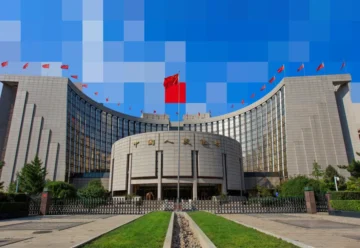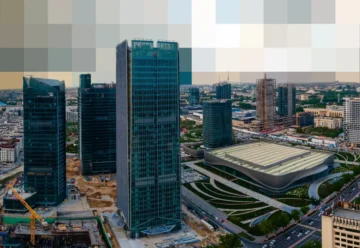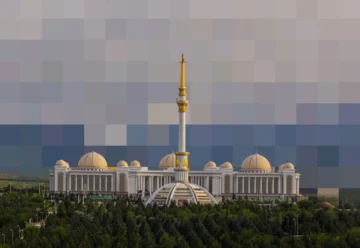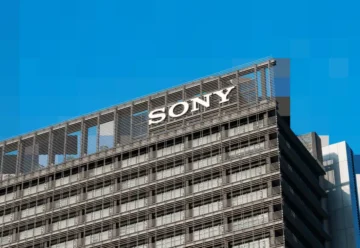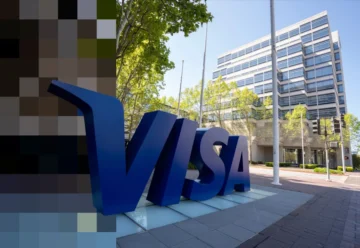Terra 2.0 Is Approved: Who Will Get New LUNA?

The creation of the new Terra 2.0 blockchain network as part of the “revival plan” has been approved by the community, and the genesis will be officially launched on May 27. Several major cryptocurrency exchanges already support the test version, and the airdrop is waiting for the network’s validators.
Terra CEO Do Kwon‘s proposal, dubbed the “revival plan” by the community, to create the new Terra 2.0 blockchain was accepted by a majority vote of validators. The blockchain’s official Twitter account reports this.
The future of the blockchain project, which suffered a FUD attack on the algorithmic stablecoin UST, was determined by more than 306 million users who took part in the vote to “revive” the Terra network. More than 65% of validators voted in favor of a full transition to Terra 2.0. About 20% of community members abstained, and 13% of validators vetoed the creation of the new blockchain.
Despite the small vote margin, Terra 2.0 will be officially launched as early as May 27.
Support for Terra 2.0
The new blockchain’s testnet is already supported by several major crypto exchanges. Thus, Bitfinex, Huobi and Bitrue exchanges expressed their intention to support the ambitious plan of Terra CEO Do Kwon and Terraform Labs (TFL). Representatives of the KuCoin exchange voiced their support for the “revival.” Bybit is ready to back the launch of Terra 2.0. Also, Binance, a major cryptocurrency exchange, said it is ready to cooperate with the Terra team.
Despite the overwhelming support of most platforms, it was not without a scandal. Rumors spread actively in the crypto space that the head of Terraform Labs Do Kwon is trying to force South Korean exchanges to agree to his plan to create Terra 2.0. Thus, Kwon is allegedly trying to lobby exchanges to re-list LUNA tokens after their exclusion from many crypto platforms as a result of the blockchain shutdown.
Whether the rumors are true is unknown, but South Korean exchanges are still in no hurry to support Terra’s “revival.” The primary reason is that the TFL is currently under investigation in South Korea, and Kwon himself may soon be found guilty in a tax evasion investigation. There is also an investigation into the possible embezzlement of the TFL reserve funds. None of this makes Terra 2.0 desirable for South Korean exchanges, which do not want to deal with the Korean Financial Supervisory Service (FSS), which, by the way, started working on standardizing the way virtual asset risks are assessed, after the LUNA collapse.
LUNA Airdrop
The cryptocurrency community is waiting for the LUNA airdrop, the intricacies of which were described in detail on Twitter by a Terra network validator nicknamed Orbital Command.
Four categories of investors will be able to participate in the airdrop:
- Owners of tokens from the old network (called Luna Classic — LUNC) prior to the “attack” will be able to get LUNA at a ratio close to 1:1.
- Those who bought LUNC tokens after the ecosystem collapse began will receive LUNA tokens at the equivalent of 1:0.000015.
- Before it loses the dollar peg, UST holders will receive LUNA tokens at the equivalent of 1:0.033.
- UST buyers will receive LUNA at a rate of 1:0.013 after the dollar is detached.
The project team said that it would be guided by several screenshots: taken on May 7 and planned for May 27.
However, keep in mind that the airdrop of LUNA tokens will occur in several stages. So the first distribution will affect only one-third of all the tokens. The rest of the coins will be distributed every six months for the next two years.
UPD: The Terra 2.0 launch has been moved to Saturday, May 28.




